2 Port PCIe RS422/485 Breakout Cable – Optical ISO & Surge Suppression
PCI Express Card – Port Protection
The SG-PCIE2S422485OCTIS RS422/485 to PCI Express 2 Port Express card provides a high end scalable serial port expansion that accommodates a high-speed serial I/O bus. It maintains backward compatibility with serial applications and drivers.
- Scales to accommodate growing system demands.
- Designed for PC, Workstation, Thin Client, or Server RS422 or RS485 serial port applications.
- Optical Isolation and Surge Suppression are Built-In to protect your serial devices from electrical damage.
- Fully Compliant with PCI Express Base Specifications, Revision 1.1
$164.95
Out of stock
Model No. SG-PCIE2S422485OCTIS
Description
The SG-PCIE2S422485OCTIS RS422 /485 is a 2 Port PCI Express card designed with a breakout cable connection from the installed PCI Express Adapter card to the serial device. The 2 Port PCI Express card installs into your PC, workstation, thin client, or server providing instant RS422 /485 Serial port expansions via the PCI Express bus.
Also available from the following online retailers:
The 2 Port PCI Express card provides a high end scalable serial port expansion that accommodates high-speed and a serial I/O bus that maintains backward compatibility with PCI applications and drivers. The architecture of this PCI Card defines a high-performance, point-to-point, serial bus at speeds of 250Mbytes/sec to 4GBytes/sec. Optical Isolation and Surge Suppression are Built-In to protect your serial devices from electrical damage during their operating time in your system.
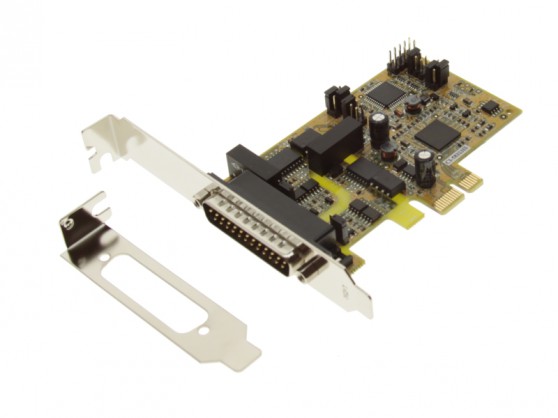
The SG-PCIE2S422485OCTIS PCI Express adapter is compatible with new and legacy RS422 /485 devices added or maintained on your system. Using the Install Wizard, it’s easy to install and use with its plug-and-play feature. You don’t have to configure I/O address, IRQ jumpers, DMA and others when you are connecting your devices, the system will recognize the device and install the drivers automatically. The SG-PCIE2S422485OCTIS PCI Express card quickly expands your serial network and provides the scalability needed to quickly adapt to new serial technologies, an ideal solution for your serial application needs.
Features:
- Full x1 PCI Express Throughput, 250Mbytes/sec
- Fully Compliant with PCI Express Base Specifications, Revision 1.1
- Supports RS485 Auto Transceiver Turn Around by Unique Featured ATTATM Hardware
- 128-byte deep FIFO per transmitter and receivers
- Supports 2 DB9-male Connectors over an Octopus Cable
- Supports Low Profile Form Factor with Optional Low Profile Bracket
- Support 4-wire RS422/485 and 2-wire RS485 Modes
- Supports RS422/485 Speed up to 921.6Kpbs
- Optional Model: Isolated and 15KV ESD Surge Protection
- Compatible with future speeds of 8GBytes/sec
Additional Features & Specifications:
System
- Fully Compliant with x1 PCI Express Base Specifications 1.1
Serial Ports
Two DB9-male RS422/485 Connectors with an Octopus Cable, the key benefits are:
- Connector: Two DB9 Male Connectors over DB25 Octopus Cable
- Interface: 3 modes are selectable: 4-wire RS422 (TXD+/-, RxD+/-). 4-wire RS485 (TxD+/-, RxD+/-). 2-wire RS485 (Data+/-)
- Parity: None, Even, Odd
- Data bits: 5,67,8,9 bits Data Frames
- Speed: up to 921.6Kbps
- Terminator: 120 OHM, can be Enabled/Disabled by a Jumper
- ATTATM: Auto RS485 Transmitter buffer direction control by the ATTATM Hardware. Guarantee Fast Turn Around the Transceiver.
I/O Hardware
- Two DB9-male Connectors over DB25 Octopus Cable
OS Support
- Windows 2000, XP, 2003, 2008, Vista, Win 7 and Linux
Environmental Specifications
Operating Temperature: 0 to 55°C (32 to 131°F), 10% to 90% relative humidity (non-condensing)
Storage Temperature: -40 to 75°C (-40 to 167°F), 5% to 95% relative humidity (non-condensing)
Form Factor
- 3.93” x 2.51” (10.00cm x 6.40cm)
Package Contents
- 2 Port PCIe card
- RS422/485 breakout cable
- Low profile bracket
- Driver disk
Additional Information
Additional Information
| Physical Characteristics |
| ||||||
|---|---|---|---|---|---|---|---|
| Serial Attributes |
| ||||||
| Other Data |
|
Support
Product Documentation & Drivers
Need drawings, CAD files, or other compliance documentation? Click HERE
Reviews (1)
1 review for 2 Port PCIe RS422/485 Breakout Cable – Optical ISO & Surge Suppression
Add a review Cancel reply
Related products
Model# IDE-SATA04
Out of stock
Model# SSX-35SB
$54.95In stock
Model# USBG-4FTDI
$87.95Out of stock
Model# USBG-2X232P1
$82.95Out of stock
Model# CG-4SCBH
$120.95Out of stock
Model# USBG-4COM-PRO
$357.95Out of stock
Model# USBG-RS232-P36
$27.95Out of stock
Model# SG-PCIE2S422485
$87.95Out of stock








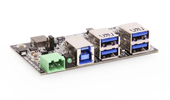












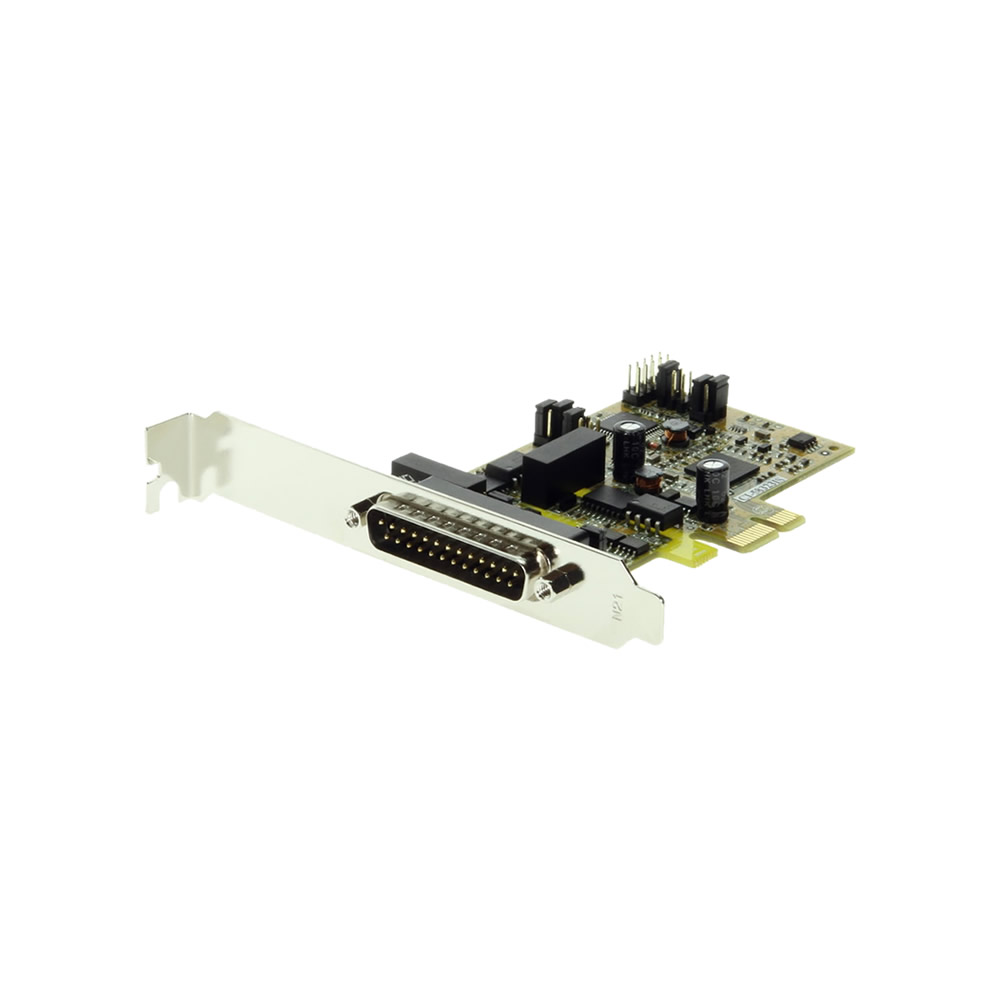
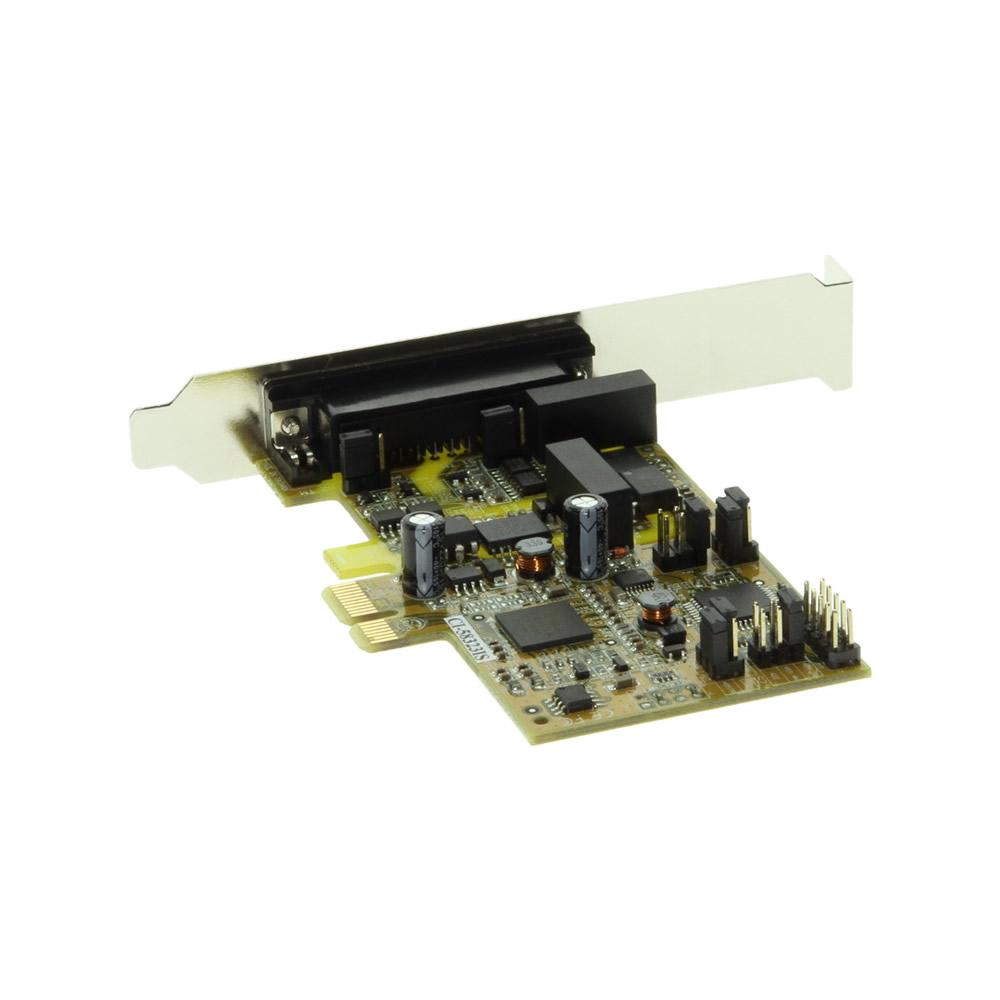
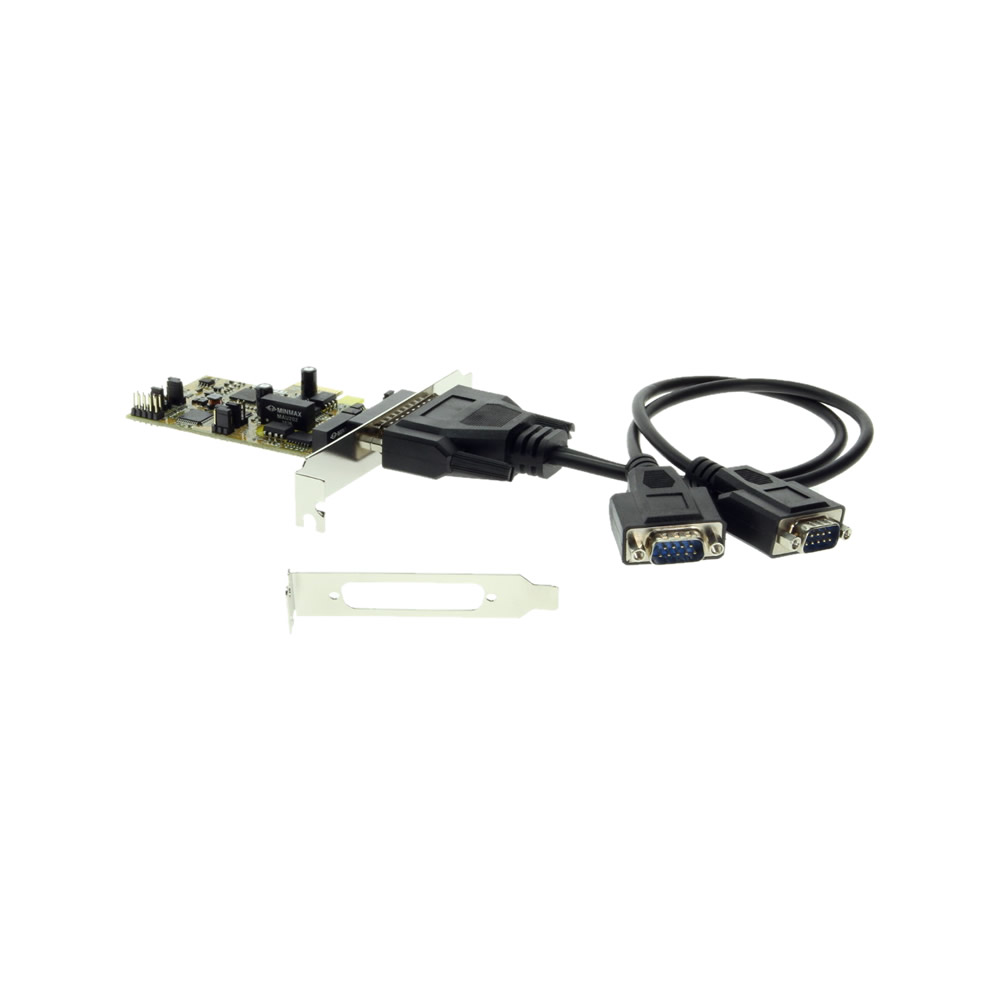
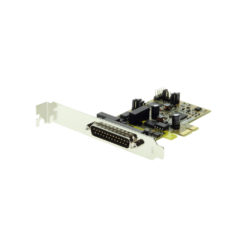
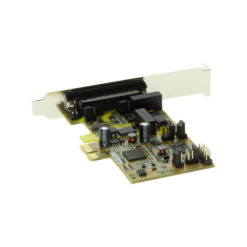
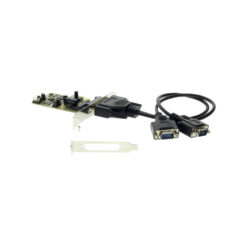
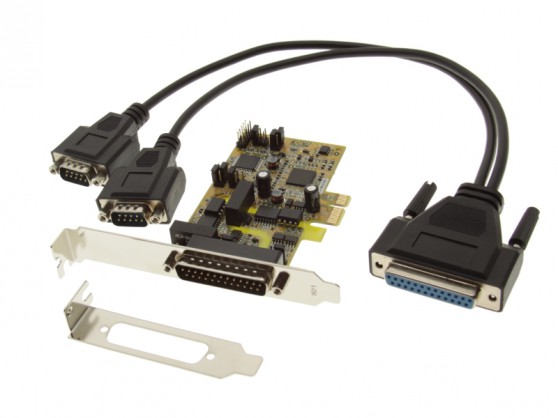
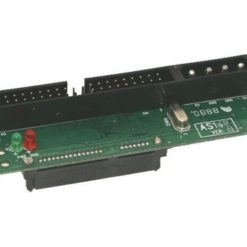
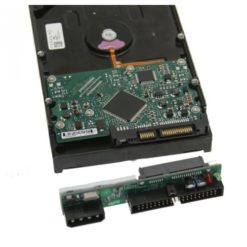

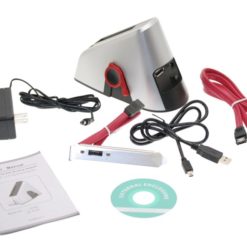
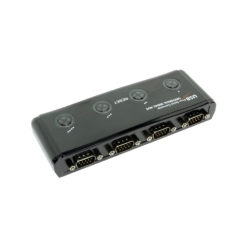
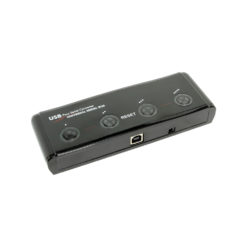
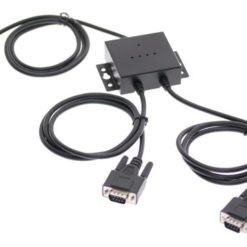
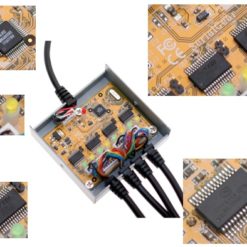
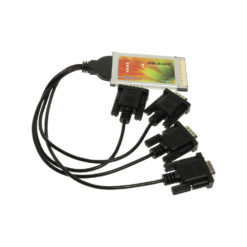
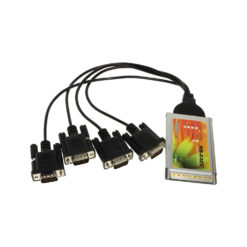
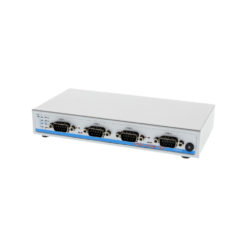
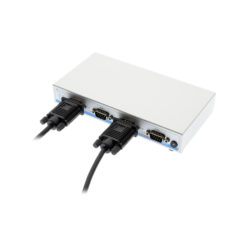
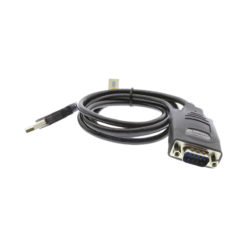
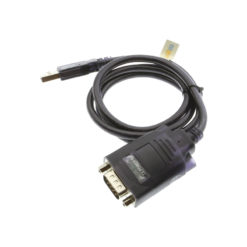
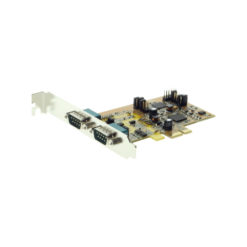
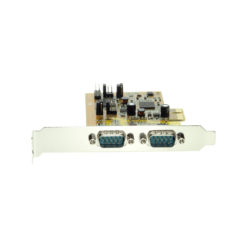
R. Roz. –
Great Product, Perfect fit for our Application!